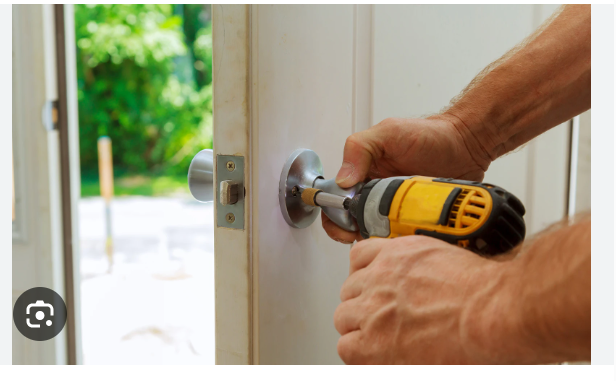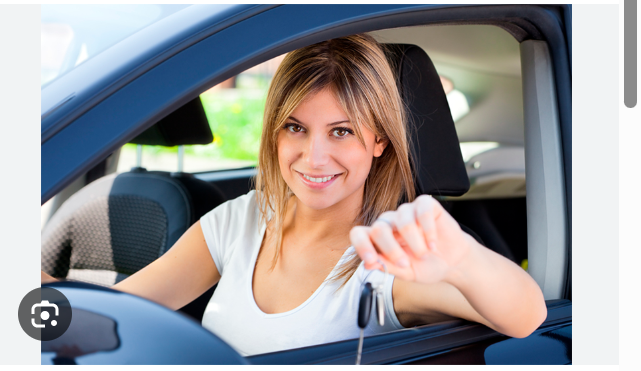A Smarter Way to Secure Your Space
We’ve all experienced that sinking feeling of forgetting a key or wondering whether we locked the door. Digital door locks offer a practical solution to these everyday problems. They help secure homes and workplaces while making access simpler and smarter. Whether you are upgrading your entry system or looking for support with an existing one, getting the job done right is key to keeping things safe.
We’ve worked with families, landlords, and small businesses who wanted to eliminate physical keys and avoid lockouts. Therefore, we know that convenience should never come at the expense of security. Let’s break down what you should know about choosing, installing, and maintaining a digital door lock in Calgary.
Why Digital Locks Are Gaining Ground
More people are switching to digital door locks every year. The appeal lies in features that traditional locks simply can’t match. For instance, many digital systems let you create temporary codes for guests or service workers. This way, you avoid hiding spare keys or dealing with lost copies.
Most importantly, digital locks simplify your routines. You never have to dig through your bag for a key. However, not all digital systems are created equal. That is to say, knowing what to look for before buying makes a big difference.
We’ve seen that some models offer Wi-Fi connectivity and mobile app access, while others focus more on simplicity and battery life. Think about your real needs before selecting a product. Do you want remote locking from your phone? Or are you happy with a code-entry system that stands on its own?
Installation: What to Expect and What to Prepare
Installing a digital lock usually doesn’t take long, but it’s important to do it right the first time. We often find that door alignment, frame depth, and latch compatibility can affect performance. Therefore, we always check the basics before beginning any setup.
We recommend using a professional if your doorframe has older hardware or has shifted over time. For example, we’ve encountered doors where an improperly aligned strike plate caused the electronic latch to fail after a few months. These issues can be prevented with a careful assessment during installation.
Some locks require drilling new holes, while others replace your existing deadbolt. Before purchasing, check what tools and adjustments may be required. Likewise, ensure your door material is suitable. Solid wood and steel are ideal, while older hollow-core doors may not support heavier digital components well.
If you’re unsure what you need, it helps to speak with a Calgary locksmith who has worked with a wide range of doors and security systems. This helps avoid wasted time and incompatible parts.
Setting Codes and Managing Access
One of the biggest advantages of digital locks is the ability to set unique access codes. You can give different family members or employees their own PINs, which helps track who enters and when. Above all, this makes it easy to manage permissions without changing the hardware.
Most digital locks support at least five to ten codes. Some models allow you to program dozens, or even hundreds, which is perfect for small businesses. Moreover, many systems let you set time limits for temporary codes. That’s great for short-term rentals, contractors, or even pet sitters.
However, remember to keep your master code secure and rotate it from time to time. We’ve come across situations where a code was shared too widely and forgotten, creating potential security risks. To clarify, fewer trusted users is better than many loosely managed ones.
It’s also smart to test codes after entering them to ensure they register properly. We always walk customers through the programming process and suggest storing master settings in a safe place in case of reset.
Power and Backup Considerations
Most digital locks use batteries, and the average set lasts from 6 to 12 months depending on usage. Some locks come with battery level indicators or low-battery alerts, which are incredibly helpful. However, it’s wise to set a reminder to check batteries a few times a year.
There’s often concern about getting locked out if the batteries die. Therefore, many digital locks include a key override, external battery hookup, or USB backup port. This allows you to power the device temporarily and regain access.
We always suggest testing the backup option after installation. For instance, trying the emergency power port once can ensure it works if you ever truly need it. Similarly, store your backup key somewhere accessible, not inside the locked home.
From our experience, simple habits—like changing batteries when you change smoke detector batteries—help prevent problems down the road.
Common Support Issues and How to Handle Them
Over time, even well-installed digital locks may need minor maintenance or troubleshooting. Issues range from unresponsive keypads to connectivity problems. Therefore, it helps to understand the basics of how your lock works and what to check first.
If the keypad isn’t lighting up, check battery orientation and charge level. On the other hand, if the locking mechanism is slow or jammed, inspect the door alignment. Slight shifts in your doorframe due to weather can cause resistance that affects locking performance.
Bluetooth or Wi-Fi locks may disconnect occasionally. Rebooting the device or reinstalling the app usually resolves these issues. However, if you’re unsure how to reset your device, it’s worth getting support rather than experimenting. Mistakes during resets can wipe out all codes.
If any issue persists or you’re unsure what’s wrong, it’s best to contact us for help. We’ll send someone familiar with your device to sort it out without delay.
Tips for Choosing the Right Digital Lock
When selecting a lock, focus on reliability and usability over fancy features. Some locks look great on paper but don’t hold up to real-world use. Look for models with strong customer reviews and solid warranties.
Think about how the lock will be used day to day. Do you want something with fingerprint access, or will a numeric code do? Would app control add value, or create unnecessary complexity?
We’ve found that simple keypads with mechanical backups are a great starting point for most households. For businesses, locks with audit trails or integration into access control systems offer more oversight and functionality.
Check whether your preferred model is compatible with the thickness and material of your door. Also, pay attention to weather resistance if the lock will be used outdoors.
Lastly, make sure you know how to perform a factory reset and restore default settings. That way, you’re not locked into a malfunctioning setup if something goes wrong.
When It’s Time to Replace or Upgrade
Digital locks can last for years, but eventually they’ll show signs of wear. If you notice regular malfunctions or slow responses despite changing batteries, it might be time to upgrade. Similarly, if your current system lacks the features you now need, switching models can provide better value.
We often assist homeowners who’ve upgraded other parts of their home and want their locks to match modern standards. Likewise, landlords may want to switch to keypad systems to reduce the time and cost of replacing keys between tenants.
When replacing an old lock, be sure to check compatibility with your existing door holes and strike plates. Sometimes, installing a fresh model is easier than adapting an old door to a newer system.
FAQ
What should I do if my digital lock stops working?
Start by checking the battery level and keypad for damage or dirt. If the issue continues, reset the device using the manufacturer’s instructions or call a technician.
Are digital door locks secure enough for a home?
Yes, quality digital locks meet or exceed the same standards as traditional deadbolts. As long as they’re properly installed and maintained, they provide excellent security.
How long do the batteries last in a digital lock?
Most locks run for six months to a year on one set of batteries. Usage and model type affect battery life, so always check the manual.
Can I install a digital lock on any door?
Not all doors are suitable. You’ll need a stable, secure door with compatible dimensions. Solid wood or steel works best, while older or thin doors may need reinforcement.
Is Wi-Fi required to use a digital door lock?
Not always. Some locks are standalone and work with a code. Others offer remote control features that do require Wi-Fi or Bluetooth, depending on the model.










